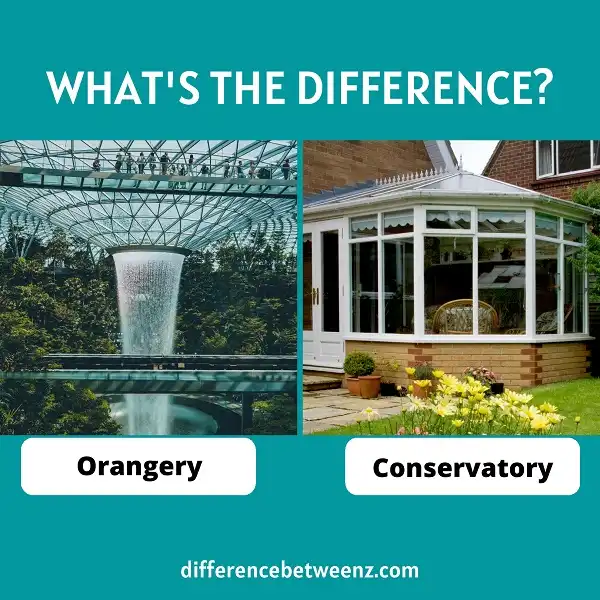A conservatory and orangery are both glass structures built onto a house to provide more space and bring in natural light, but there are some key differences. A conservatory is typically used as a greenhouse for plants, while an orangery is designed to keep citrus trees in a warm environment year-round. An orangery will also have thicker walls and a concrete floor to help retain heat. If you’re considering adding one of these structures to your home, make sure you know the difference so you can choose the right one for your needs.
What is Orangery?
An orangery is a term used to describe a room or building with a glass roof and walls, typically attached to the main residence. The word can also be used to refer to a conservatory, although there is some debate over the precise difference between the two. Orangeries became popular in 17th-century Europe, where they were often used to protect citrus trees and other delicate plants from the cold winters. Today, Orangery is still used to describe both rooms and buildings, although the term is more common in Europe than in other parts of the world. Orangeries are often used as sunrooms or garden rooms, and they can provide an ideal space for relaxing or entertaining guests.
What is Conservatory?
A conservatory is a room with walls and a roof made mainly of glass. Conservatories are sometimes attached to the main house, but they can also be built as standalone structures. Conservatories were first introduced in the 16th century, and they quickly became popular among the wealthy.
Today, conservatories are still used as places to relax and enjoy the outdoors, but they also serve an important function in protecting plants from bad weather. In addition, conservatories can be used to grow fruits and vegetables out of season. As a result, conservatories play an important role in both horticulture and architecture.
Difference between Orangery and Conservatory
- Orangery and Conservatory are two words that are often used interchangeably, but there are some key differences between the two. An Orangery is a room that was originally designed for growing oranges, and as such, they tend to be larger and have more of a focus on function over form.
- Conservatories, on the other hand, are typically smaller and lighter in design, with an emphasis on providing a space that is both aesthetically pleasing and relaxing. As a result, Orangeries are more commonly found in commercial settings, while Conservatories are more likely to be found in private homes.
- While both Orangeries and Conservatories can be beautiful additions to any property, it is important to choose the right one for your needs before making a final decision.
Conclusion
The main difference between an orangery and a conservatory is that an orangery is designed to be used all year round, while a conservatory is only meant for the summer months. An orangery will have more insulation and heating than a conservatory, as well as thicker walls to retain heat. If you’re looking for a place to relax in all seasons, an orangery might be the right choice for you.


